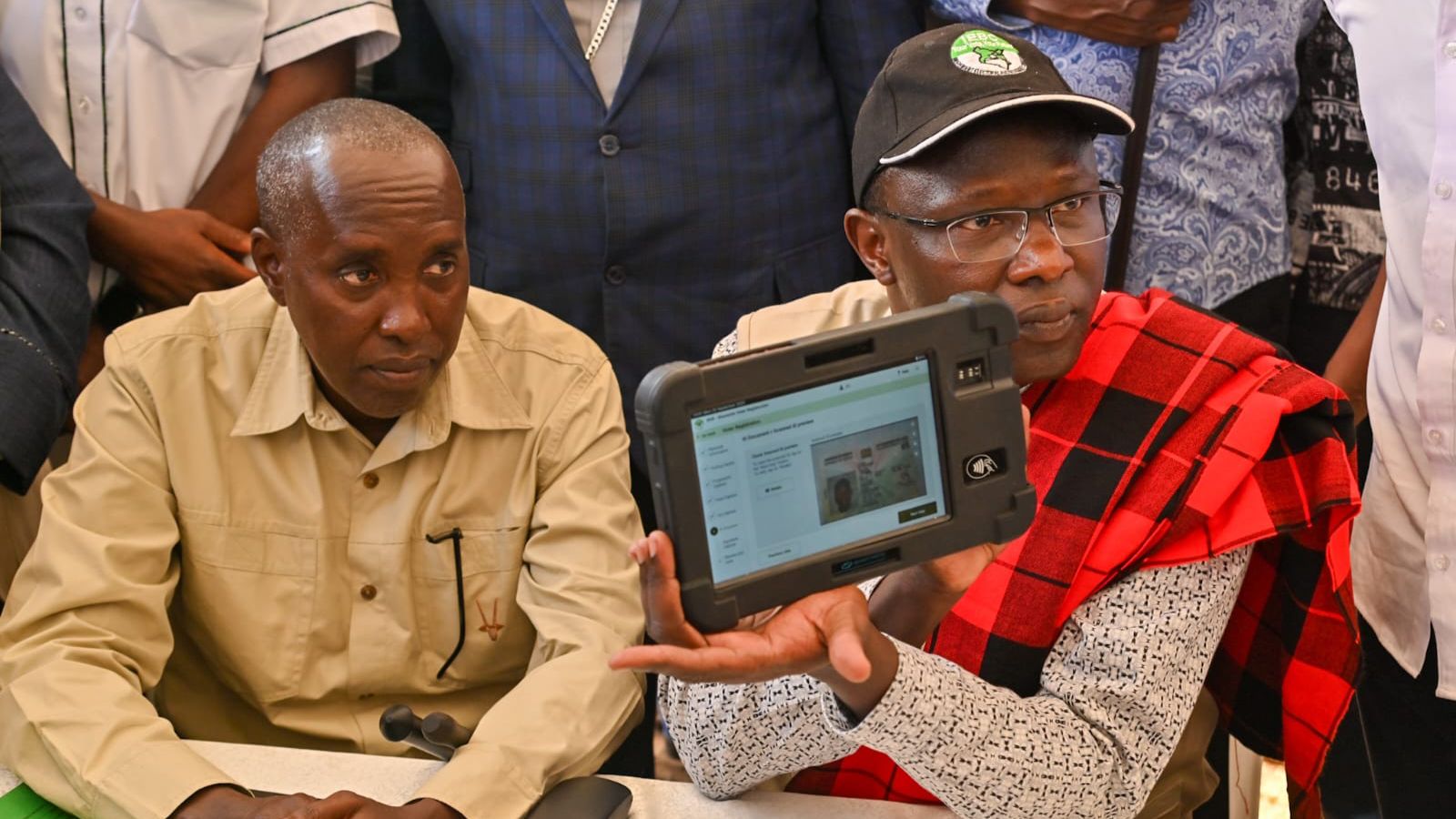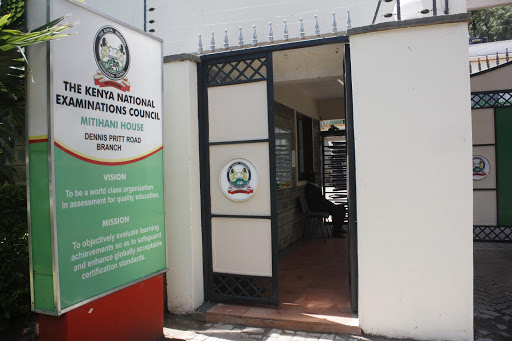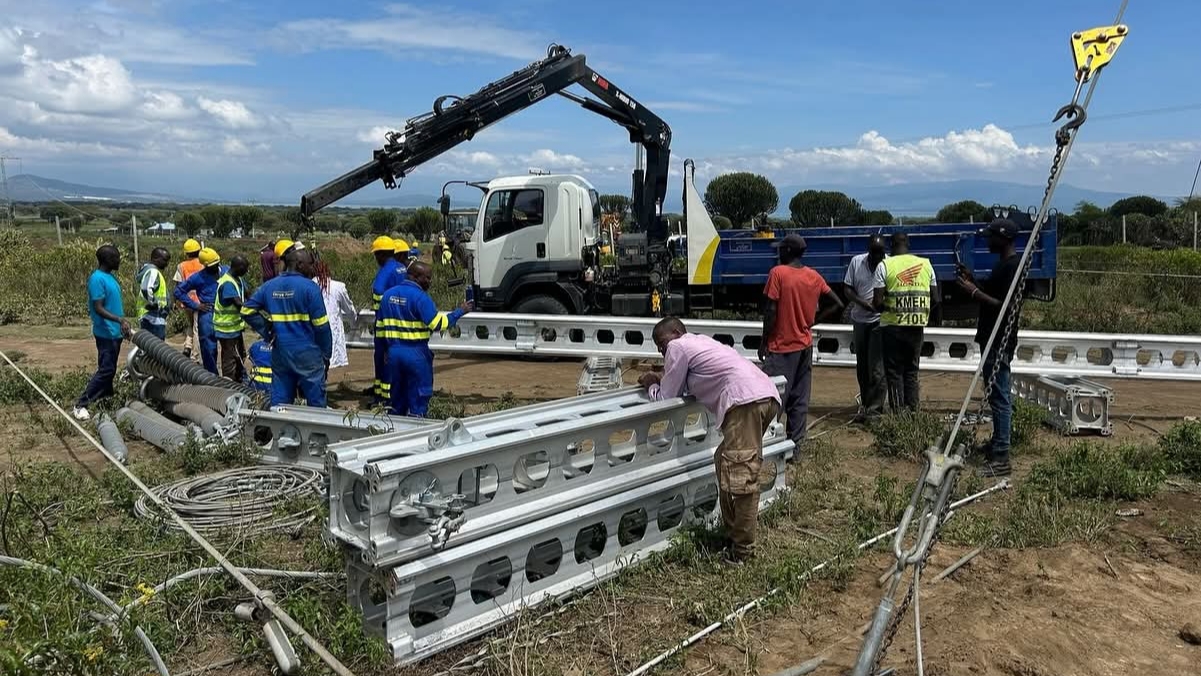The Independent Electoral and Boundaries Commission (IEBC) has released detailed statistics showing the progress of the ongoing Continuous Voter Registration exercise across all 290 constituency offices in Kenya.
In a notice issued on Friday, October 10, 2025, the body noted that as of October 8, the nationwide registration drive had recorded 20,754 newly registered voters, 3,207 transfers, and 61 updates to existing voter records.
The data reveals significant variations in registration numbers across different counties. Nairobi City leads with 4,804 new registrations and 1,105 transfers, followed by Mombasa County with 1,379 new voters and 481 transfers. Kiambu County recorded 1,203 registrations with 282 transfers, while Machakos County registered 923 new voters with 41 transfers.
Other counties with notable registration figures include Nakuru with 840 new voters and 277 transfers, Siaya with 564 registrations and 14 transfers, and Kisii with 728 new voters and 42 transfers. Smaller counties such as Tana River, Lamu, and Nyamira recorded lower numbers, with 42, 36, and 18 new registrations, respectively.
The Commission acknowledged the participation of Kenyans who have registered, updated their details, or transferred their voter records, emphasizing that such engagement is vital in strengthening the foundation of free, fair, and credible elections.
Read More
However, the electoral body expressed concern over the lower-than-expected turnout among young voters. With a national target of 6.3 million new voters, IEBC urged all eligible Kenyans, particularly the youth, to seize the opportunity to register and make their voices count in the 2027 General Election.


This update comes shortly after IEBC officials clarified aspects of the registration process.
The electoral commission recently confirmed that while the registration system has been enhanced to capture fingerprints and iris scans using new tablet-based technology, the iris scanning component remains optional for those uncomfortable with the procedure. Officials can bypass this step during registration if an individual requests it.
"The iris provides an alternative means of voter identification should fingerprint recognition fail. The inclusion of iris recognition is expressly permissible under the law, providing biometric identifiers such as fingerprints, hand geometry, earlobe geometry, retina and iris patterns, voice waves, DNA, and signatures,” IEBC said in a statement.
However, IEBC Director of Voter Education and Partnerships Joyce Ekuam said officials can bypass the step if an individual is uncomfortable with the iris scan.
"In as much as we have included the iris, it is not compulsory; we can bypass and not take it with our KIEMS kits if you are not comfortable with it," she said.
The ongoing CVR exercise is being conducted in line with Article 88 of the Constitution of Kenya, 2010, and represents a crucial phase in preparing for the next general election.






